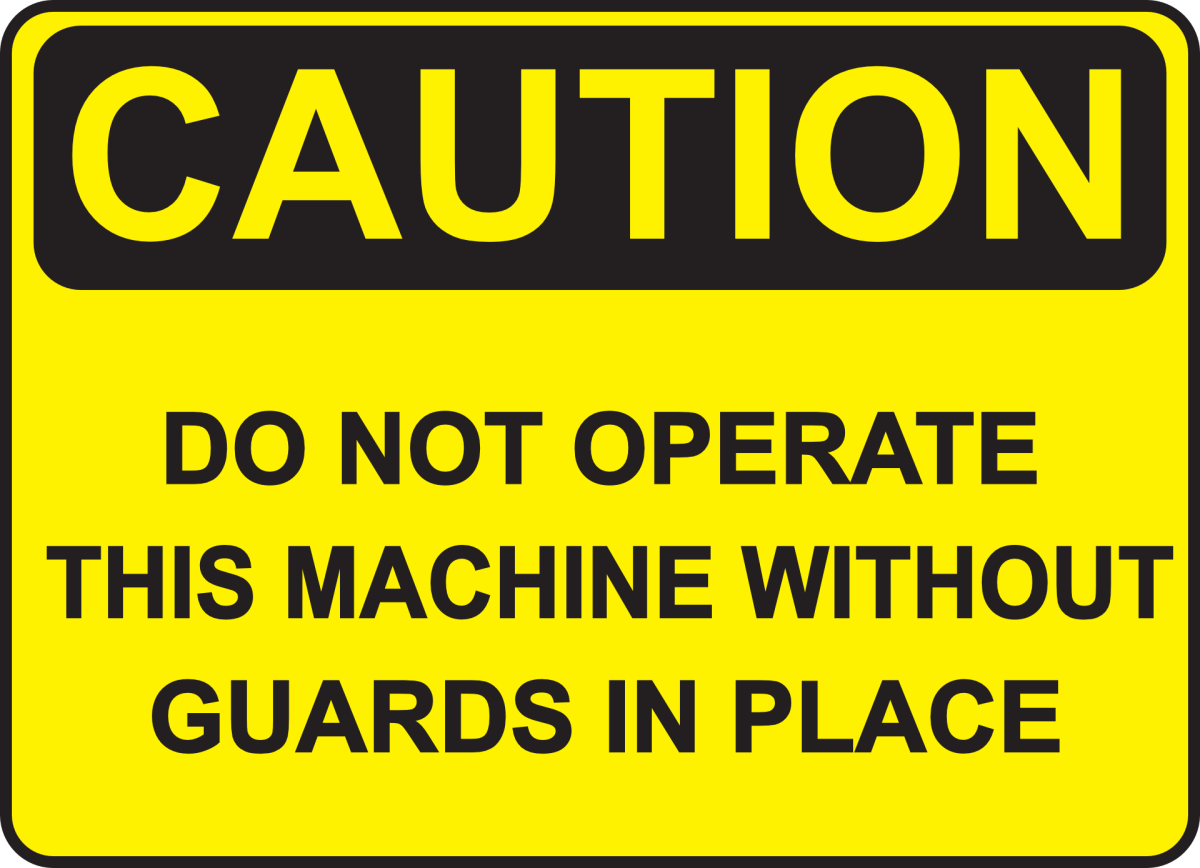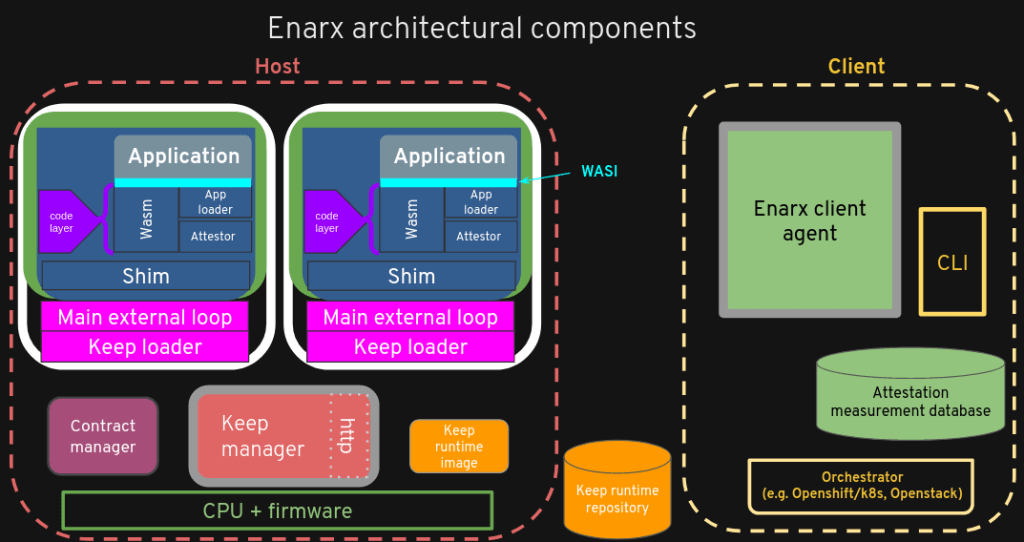I’ve been fairly scathing about “zero trust” before – see, for instance, my articles Thinking beyond “zero-trust” and “Zero-trust”: my love/hate relationship – and my view of how the industry talks about it hasn’t changed much. I still believe, in particular, that:
- the original idea, as conceived, has a great deal of merit;
- few people really understand what it means;
- it’s become an industry bandwagon that is sorely abused by some security companies;
- it would be better called “explicit trust”.
The reason for this last is that it’s impossible to have zero trust: any entity or component has to have some level of trust in the other entities/components with which it interacts. More specifically, it has to maintain trust relationships – and what they look like, how they’re established, evaluated, maintained and destroyed is the core point of discussion of my book Trust in Computer Systems and the Cloud. If you’re interested in a more complete and reasoned criticism of zero trust, you’ll find that in Chapter 5: The Importance of Systems.
But, as noted above, I’m actually in favour of the original idea of zero trust, and that’s why I wanted to write this article about how zero trust and Confidential Computing, when combined, can actually provide some real value and improvements over standard distributed architectures (particularly in the Cloud).
An important starting point, however, is to note that I’ll be using this definition of Confidential Computing:
Confidential Computing is the protection of data in use by performing computation in a hardware-based, attested Trusted Execution Environment.
Confidential Computing Consortium, https://confidentialcomputing.io/about/
Confidential Computing, as thus described, can provide two properties which are excellent starting points for components wishing to exercise zero/explicit trust, which we’ll examine individually:
- isolation from the host machine/system, particularly in terms of confidentiality of data;
- cryptographically verifiable identity.
Isolation
One of the main trust relationships that any executing component must establish and maintain is with the system that is providing the execution capabilities – the machine on which it is running (or virtual machine – but that presents similar issues). When you say that your component has “zero trust”, but has to trust the host machine on which it is running to maintain the confidentiality of the code and/or data associated with the component, then you have to accept the fact that you do actually have an enormous trust relationship: with the machine and whomever administers/controls it (and that includes anyone who may have compromised it). This can hardly form the basis for a “zero trust” architecture – but what can be done about it?
Where Confidential Computing helps is by allowing isolation from the machine which is doing the execution. The component still needs to trust the CPU/firmware that’s providing the execution context – something needs to run the code, after all! – but we can shrink that number of trust relationships required significantly, and provide cryptographic assurances to base this relationship on (see Attestation, below).
Knowing that a component is isolated from another component allows that component to have assurances about how it will operate and also allows other components to build a trust relationship with that component with the assurance that it is acting with its own agency, rather than under that of a malicious actor.
Attestation
Attestation is the mechanism by which an entity can receive assurances that a Confidential Computing component has been correctly set up and can provide the expected properties of data confidentiality and integrity and code integrity (and in some cases, confidentiality). These assurances are bound to a particular Confidential Computing component (and the Trusted Execution Environment in which it executes) cryptographically, which allows for another property to be provided as well: a unique identity. If the attesting service bind this identity cryptographically to the Confidential Computing component by means of, for instance, a standard X.509 certificate, then this can provide one of the bases for trust relationships both to and from the component.
Establishing a “zero trust” relationship
These properties allow zero (or “explicit”) trust relationships to be established with components that are operating within a Confidential Computing environment, and to do so in ways which have previously been impossible. Using classical computing approaches, any component is at the mercy of the environment within which it is executing, meaning that any trust relationship that is established to it is equally with the environment – that is, the system that is providing its execution environment. This is far from a zero trust relationship, and is also very unlikely to be explicit!
In a Confidential Computing environment, components can have a small number of trust relationships which are explicitly noted (typically these include the attestation service, the CPU/firmware provider and the provider of the executing code), allowing for a much better-defined trust architecture. It may not be exactly “zero trust”, but it is, at least, heading towards “minimal trust”.












